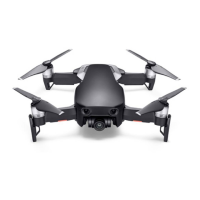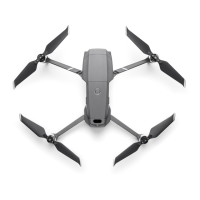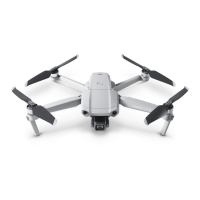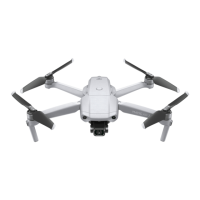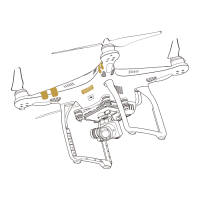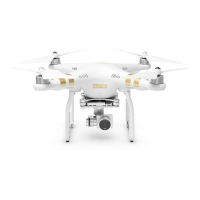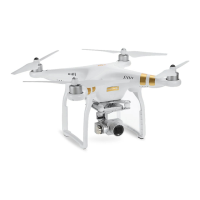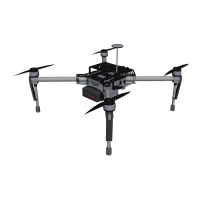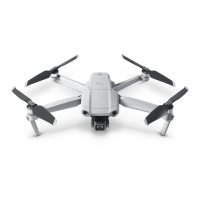14
©
2021 DJI All Rights Reserved.
Aircraft
DJI Mavic 3 contains a ight controller, video downlink system, vision systems, infrared sensing system,
propulsion system, and an Intelligent Flight Battery.
Flight Modes
DJI Mavic 3 has three flight modes, plus a fourth flight mode that the aircraft switches to in certain
scenarios. Flight modes can be switched via the Flight Mode switch on the remote controller.
Normal Mode: The aircraft utilizes GNSS and the Forward, Backward, Lateral, Upward, and Downward
Vision Systems and Infrared Sensing System to locate and stabilize itself. When the GNSS signal is
strong, the aircraft uses GNSS to locate and stabilize itself. When the GNSS is weak but the lighting and
other environment conditions are sucient, the aircraft uses the vision systems to locate and stabilize
itself. When the Forward, Backward, Lateral, Upward, and Downward Vision Systems are enabled and
lighting and other environment conditions are sucient, the maximum ight altitude angle is 30° and the
maximum ight speed is 15 m/s.
Sport Mode: In Sport Mode, the aircraft uses GNSS for positioning and the aircraft responses are
optimized for agility and speed making it more responsive to control stick movements. Note that
obstacle sensing is disabled and the maximum ight speed is 21 m/s (19 m/s when ying in the EU).
Cine Mode: Cine mode is based on Normal mode and the ight speed is limited, making the aircraft
more stable during shooting.
The aircraft automatically changes to Attitude (ATTI) mode when the Vision Systems are unavailable or
disabled and when the GNSS signal is weak or the compass experiences interference. In ATTI mode,
the aircraft may be more easily aected by its surroundings. Environmental factors such as wind can
result in horizontal shifting, which may present hazards, especially when ying in conned spaces.
The Forward, Backward, Lateral, and Upward Vision Systems are disabled in Sport mode, which
means the aircraft cannot sense obstacles on its route automatically.
The maximum speed and braking distance of the aircraft signicantly increase in Sport mode. A
minimum braking distance of 30 m is required in windless conditions.
A minimum braking distance of 10 m is required in windless conditions while the aircraft is ascending
and descending.
The responsiveness of the aircraft signicantly increases in Sport mode, which means a small control
stick movement on the remote controller translates into the aircraft moving a large distance. Make
sure to maintain adequate maneuvering space during ight.
